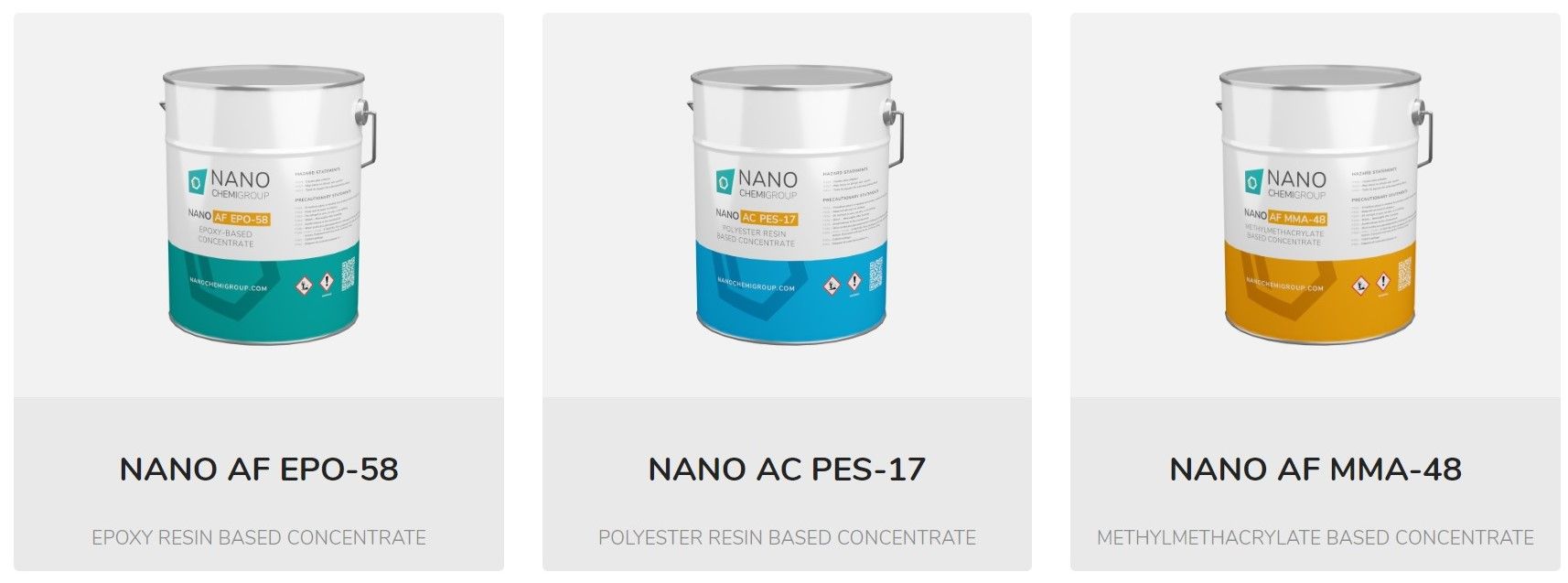One of the most expensive problems for industry is static electricity.
Also known as electrostatic discharge (ESD), this unwanted release of electricity has been estimated at causing tens of billions of dollars of damage every year.
Evidence of the destruction can be found not only in the number of electronic devices which fail due to faulty components caused by static, but in how much it impacts manufacturing in other sectors. Textile plants, grain storage and transportation, oil and gas extraction and processing facilities, the munitions and explosives sector, hospitals, clean rooms, and the chemicals industry all suffer from the negative effect of static electricity. This results in lost productivity, lower product reliability, a risk to worker safety, and ultimately reduced profits.

Surprisingly, the power of an electrical discharge does not have to be big before it causes damage. One report published in the industry journal Plant Services explains how, “Although the human body has been perhaps the most common ESD source, a person does not feel these electrostatic discharges until the body is charged to approximately 3,000 or4,000 volts. But, in the electronics industry, even a charge of 3 millivolts/meter is sufficient to cause ESD damage.”
To combat this, most factories and manufacturing plants in threatened sectors employ static control flooring to reduce the risk of electrostatic discharge.
To achieve a uniform level of static control these epoxy, polyurethane (PU), or polyvinyl chloride (PVC) floor coatings include conductive additives such as carbon black, mica particles, carbon fibre, metallic fibres, or polymeric anti-static agents that are mixed into the resin structure.
However, the addition of these raw materials can negatively influence other properties. As a report in Coatings World outlines, “… the majority of the commonly used conductive additives require a high loading level, starting at 3% and going as high as 20%, which inevitably leads to difficulties in processing and also negatively impacts color.”
The inclusion of any conductive additives into an anti-static floor coating may lower both its durability and strength, as well as degrade smoothness. The additives can also be badly dispersed in the coating mix, creating hot spots on the floor surface.
Fortunately, in the last decade or so, a new substance has become available to resolve these issues; single walled carbon nanotubes (SWCNTs).

As a raw material, SWCNTs bring significant benefits to the manufacture of anti-static floor coverings, including;
· SWCNTs take up minimal space in the coating, leaving more room for materials that maintain other properties, such as durability, smoothness, and colour.
· SWCNTs provide a uniform spread of conductivity, creating a high-quality anti-static flooring.
· SWCNTs are cost effective.
As the Coatings World report states, “Due to their small diameter and high aspect ratio, a minimal dosage of nanotubes is sufficient to create a uniform conductive network in the material matrix that provides a compound with a surface-to-surface and surface-to-ground resistance level in the range of 108 – 102 Ω•cm in compliance with the following worldwide standards: ANSI/ESD S 2020, ASTM F 150, IEC 61340-5-1, NFPA 99, and SJ/T 11294-2003. [supporting pdf document]”

Wherever there is friction between two surfaces there will exist the chance of static electricity. As such, it will always play a negative role in industry, threatening the outbreak of fires and explosions, risking damage to products, endangering workers lives, and causing faults in electrical equipment and production processes.
Anti-static coatings can help minimise lost productivity from static, and single walled carbon nanotubes can improve anti-static coatings.
As Ravi Mohan Dabral, Managing Director of OCSiAlPvt. Ltd. notes, “The coatings industry is a well-known pioneer in applying the most innovative technologies. Single wall carbon nanotubes have proven themselves to be the best cutting-edge additive in terms of performance to cost ratio.”
To learn more about nanocoatings and anti-static raw materials visit: NANOCHEMIGROUP
Photo credit: Freeimages, NANOCHEMIGROUP, & Stocksnap
